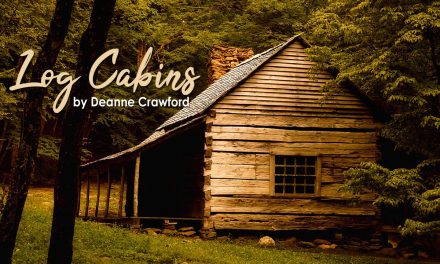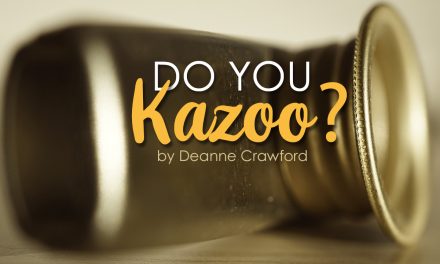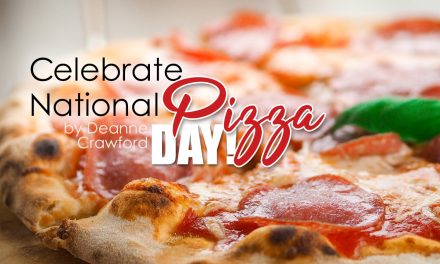First published as The Life and Strange Surprizing Adventures of Robinson Crusoe, of York, Mariner: Who Lived Eight and Twenty Years, All Alone in an Un-inhabited Island on the Coast of America, Near the Mouth of the Great River of Oroonoque; Having Been Cast on Shore by Shipwreck, Wherein All the Men Perished but Himself, written by Himself, was published in 1719 in London, England. Thankfully, the title was shortened to Robinson Crusoe in later editions, yet the story behind this classic novel remains as adventurous as the tale itself. Whether a Crusoe connoisseur or novice, set aside time to celebrate this literary work in honor of Robinson Crusoe Day on February 1st. If your family is unfamiliar with the story or if it has been awhile, refresh your memory with the Britannica’s Robinson Crusoe summary, or watch Hub Schuola’s plot overview and Course Hero’s Summary and Analysis.
If you have a copy of Robinson Crusoe on your bookshelf, ask your children to identify the author. Originally released as the retelling of actual events, the book was popular from the beginning. Readers easily identified with the main character, and his adventures kept them turning pages. As more people read it, many readers found it hard to believe that the story really happened, but in 1719, the idea of a “made up story” was rare. As readers continued to question whether the story was true, Daniel Defoe eventually identified himself as the author in later printings. Years later, scholars discovered that the adventures of Robinson Crusoe were inspired by the real events of a Scottish sailor named Alexander Selkirk. In fact, it is in honor of Mr. Selkirk’s rescue that Robinson Crusoe Day was established! Learn more about Alexander’s life on Kiddle. Take time to introduce or review genres with young children, and the differences between fiction and non-fiction. Older children can check out the Nonfiction Friday episode on You-Tube®.
Considering the possibility that Robinson Crusoe is based upon real events, do you wonder if the deserted island has been found? In the book, the island was located in Trinidad, part of the Caribbean Islands. For Alexander Selkirk, however, the deserted island was located off the coast of Chile. Formally known as Más a Tierra’, Robinson Crusoe Island is the second largest among the San Juan Fernández Islands, and spans a mere 19 square miles. Locate the island using Google Earth. NASA Earth Observatory offers an excellent introduction as well.
Understanding the time period that Robinson Crusoe was written and published, both historically and culturally, is key to appreciating the significance of this fictional account. The United States, as we know it, did not exist. England was entering the Age of Reason, or Enlightenment. Learn more about this period of history at Britannica Kids or Crash Course for older students. Ask children what they think it would have been like to live during the Enlightenment. Depending on their ages, this may be a difficult concept to understand. Take a few minutes and share how you would have felt growing up during this tumultuous time. It is important contextually to understand that Robinson Crusoe was released just as Britain (and the rest of the world) was entering a time of great change. Stripping back the complex layers of the Enlightenment, we find three ideas that became the catalyst for change: liberty, equality, and individual rights. Learn more about each ideal: Kids Learn Liberty, Facing Ourselves in History: Who is Human and (equality), and natural rights and their influence on the Declaration of Independence. In the Robinson Crusoe story, how are these three ideals portrayed? From the opening chapters that reveal Robinson’s disobedience to his father through the return to Civilization with his servant, Friday, we see evidence of a society still in its infancy of living out the principles of liberty, equality, and individual rights. As you read the story as a family, explore these principles from their historical context. We only have time for a glimpse into the Enlightenment’s impact on history and culture. I encourage parents to take this opportunity to explore this period of history with their children.
Thank you for joining our adventure exploring the events that surrounded the writing of the classic novel Robinson Crusoe. It is my hope that you are now inspired to continue learning together as a family! ~ Deanne





